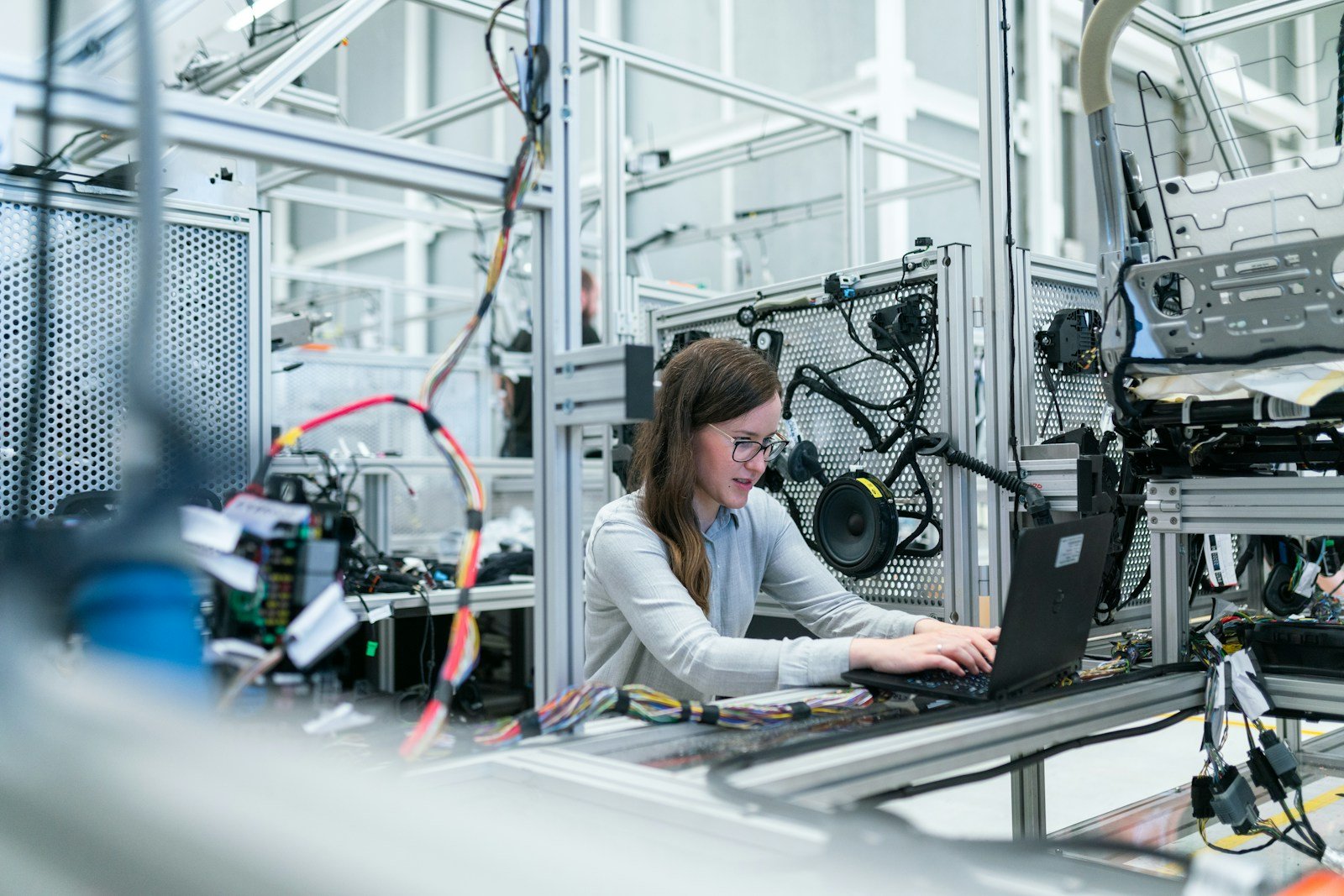
As artificial intelligence (AI) continues to advance, discussions surrounding its impact on employment and job displacement have become increasingly prevalent. In an article published by the Washington Post Jobs section, the realities and potential harms of technological unemployment are explored. Let’s delve into the complexities of this issue, understanding its implications, and exploring strategies to mitigate its adverse effects.
- Understanding Technological Unemployment:
Technological unemployment refers to the displacement of human workers by automated systems, AI, and other advanced technologies. As AI becomes more sophisticated, it has the potential to automate tasks traditionally performed by humans, leading to job loss and shifts in the labor market. - Impact on Employment Sectors:
Various industries are susceptible to job displacement due to AI adoption, including manufacturing, transportation, retail, and customer service. As AI-powered automation becomes more prevalent, jobs that involve routine or repetitive tasks are particularly at risk of being replaced by AI-driven systems. - Reskilling and Upskilling Initiatives:
To address the challenges of technological unemployment, governments, businesses, and educational institutions are implementing reskilling and upskilling initiatives. These programs aim to equip workers with the skills and knowledge needed to thrive in a technology-driven economy, such as coding, data analysis, and digital literacy. - Embracing AI-Augmented Workforce:
While AI may lead to job displacement in some sectors, it also has the potential to augment human capabilities and create new job opportunities. By leveraging AI tools and technologies, businesses can enhance productivity, improve decision-making, and foster innovation, ultimately leading to the creation of new roles and career paths. - Addressing Socioeconomic Disparities:
Technological unemployment can exacerbate existing socioeconomic disparities, disproportionately affecting vulnerable populations, including low-skilled workers, minorities, and individuals in rural areas. To mitigate these disparities, policymakers and businesses must prioritize inclusive economic growth and equitable access to education and training opportunities. - Ethical Considerations and Human-Centered AI:
As AI technologies evolve, it is essential to consider the ethical implications of job displacement and technological unemployment. Businesses and policymakers must prioritize human-centered AI development, ensuring that AI systems are designed and deployed in a manner that prioritizes human well-being, dignity, and socioeconomic stability. - Investing in Lifelong Learning:
In an era of rapid technological advancement, lifelong learning has become indispensable for maintaining relevance in the workforce. Individuals must embrace a mindset of continuous learning and adaptability, seeking out opportunities to acquire new skills and stay abreast of emerging technologies to remain competitive in the job market. - Collaborative Solutions and Stakeholder Engagement:
Addressing the challenges of technological unemployment requires collaborative efforts among governments, businesses, academia, and civil society. By engaging stakeholders in dialogue and fostering collaboration, we can develop holistic solutions that promote economic resilience, social cohesion, and inclusive prosperity in the face of technological disruption.
In conclusion, while the rise of AI presents significant challenges in terms of job displacement and technological unemployment, it also offers opportunities for innovation, economic growth, and societal advancement. By understanding the realities of technological unemployment, investing in reskilling and upskilling initiatives, embracing AI-augmented workforce models, and prioritizing ethical considerations, we can navigate the complexities of AI-driven disruption and create a future where technology serves as a force for positive change and inclusive prosperity.
